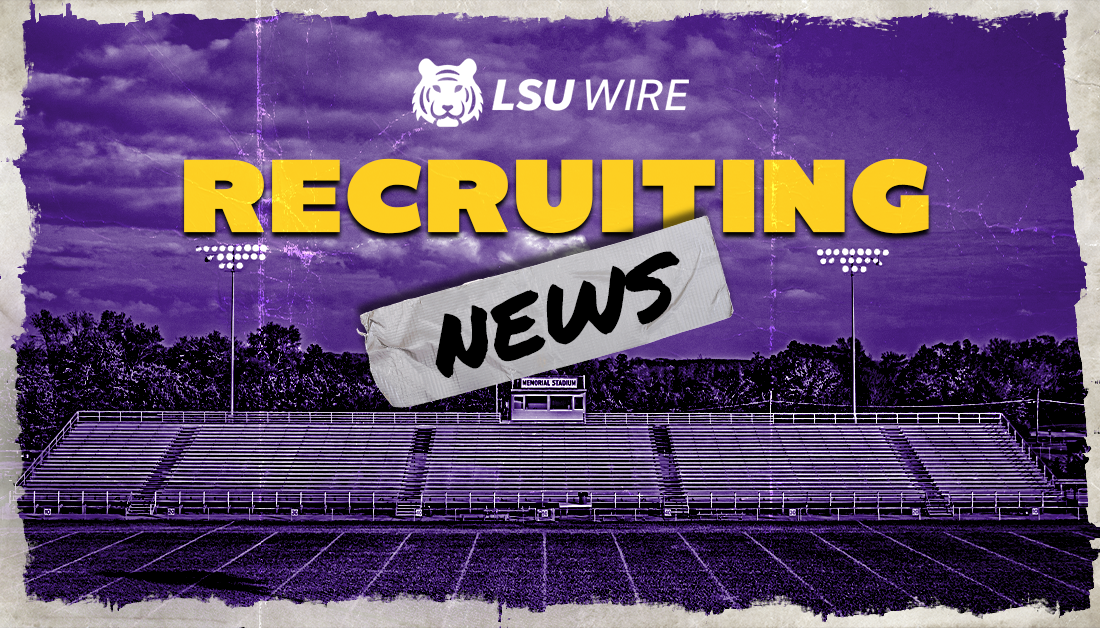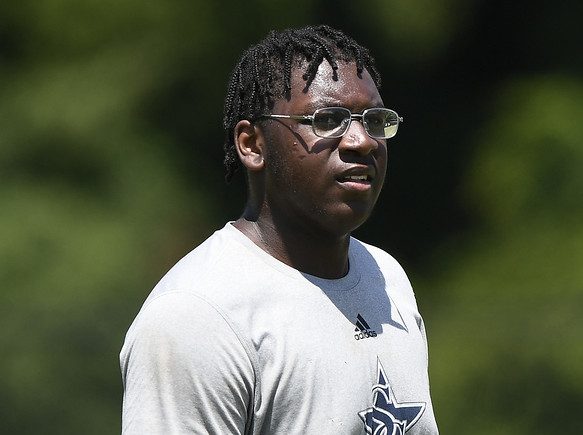After looking at Florida’s offensive tackles, it’s time to review the interior offensive linemen on the Gators’ roster.
Offensive line coaches Rob Sale and Jon DeCoster need to replace all three starters on the interior this year. Center Kingsley Eguakun signed an undrafted free agent deal with the Detroit Lions, guard Richie Leonard transferred to FSU and Micah Mazzccua is now with Nebraska.
Fortunately, four-year veteran [autotag]Jake Slaughter[/autotag] is back and ready to be the full-time snapper, and there will be new starters at both guard positions this year.
Let’s take a look at each interior offensive lineman on Florida’s roster. Check out Gators Wire’s other position previews for the 2024 season below.
Starting Center: No. 66 Jake Slaughter (R-Jr.)

Slaughter returns as Florida’s starting center this year, and he’s arguably the team’s most reliable offensive lineman.
Slaughter started eight of 11 games last year in place of an injured Kingsley Eguakun and earned a 77.8 offensive grade from Pro Football Focus to lead the team. He’s as good of a pass blocker (78.4) as he is a run blocker (78.9), and he allowed just nine pressures over 306 opportunities.
If Austin Barber is the returning leader of the outside group, Slaughter is his counterpart on the interior. Entering his fourth year with the program, Florida will lean on Slaughter just as heavily as it did a year ago.
The Rimington Trophy selection committee included Slaughter on its preseason watch list.
Starting Left Guard: No. 77 Knijeah Harris (So.)

Following the departure of Mazzccua, sophomore [autotag]Knijeah Harris[/autotag] appears primed to step into the starting left guard spot for Florida.
Harris played nearly 170 snaps split between both guard positions last year. His lone start came against Charlotte, but he saw 10 or more snaps in five other games. Pro Football Focus gave him a 72.9 offensive grade, but that number is a bit skewed because he played most of his snaps against non-Power Four schools.
He’s a better pass blocker than run blocker. PFF consistently graded him out in the high 70s and low 80s throughout last season, regardless of opponent.
The big question will be how well the second-year player handles the increased workload. Fatigue begins to set in when you’re taking 500-plus snaps a season.
Starting Right Guard: No. Damieon George Jr. (R-Jr.)

Most fans will remember [autotag]Damieon George Jr[/autotag]. as the Alabama transfer who struggled to hold down the right tackle spot for Florida a season ago, but a move to the guard position should yield better results.
Florida’s coaching staff feels George is better suited to play on the interior — he’s better against the run than the pass — and he’s replaced “17 and a half pounds of fat with 16 pounds of lean mass”, according to Billy Napier.
“The biggest challenge for me last year I felt was my weight. I felt like I played too heavy and ultimately played a big role in some of my play late in games,” George said in April. “So just being able to finish out the games with the same intensity I started with was a big emphasis for me.”
Expect some growing pains, though. Despite practicing at guard a bit while at ‘Bama, this will be the first time George takes significant snaps at the position.
Backups: No. 71 Roderick Kearney (R-Fr.), No. 56 Christian Williams (R-So.)

Aside from the three projected starters, Florida is going to need at least two rotational pieces throughout the season on the interior — potentially more if injuries pop up.
The first name that comes to mind is redshirt freshman [autotag]Roderick Kearney[/autotag], who didn’t see the field at all last year as a member of the scout team. Kearney can play all three interior positions, and versatility is a must for a non-starter. The jury is still out on how productive Kearney can be in Year 2, but he’s made great strides over the past year.
Then there’s redshirt sophomore [autotag]Christian Williams[/autotag], who has played all of 31 snaps over the past two seasons. Thanks to some strong numbers on PFF — 88.5 offensive grade, 78.9 as a pass blocker and 89.2 as a run blocker — there’s plenty of optimism surrounding Williams, despite his lack of experience. He’s mostly played left guard but could fit on either side if needed.
Reserves: No. 53 Bryce Lovett (R-Fr.) and No. 75 Kamryn Waites (R-Jr.)

[autotag]Bryce Lovett[/autotag] is another name worth keeping an eye on, especially if injuries hit the interior more than the exterior of the line. Like Kearney, Lovett did not appear in a game for Florida as a true freshman. He’s undergone a body transformation and is more confident in himself entering his second season. In spring, Lovett played all five offensive line positions, so he’s the definition of a flex player. There are also questions about the right side of the line, so he could get significant snaps later on in the year.
[autotag]Kamryn Waites[/autotag] is another flex player that could fit into Florida’s plans for the interior. He played over 200 snaps at tackle last year, most of which came over the final two games of the season which he started. Waites is now a year and a half removed from his ACL injury and should be a key rotational piece on Florida’s offensive line this year.
Freshmen: No. 50 Jason Zandamela (Fr.), No. 74 Noel Portnjagin (Fr.), No. 78 Marcus Mascoll (Fr.) and No. 79 Enoch Wangoy

There are four new scholarship freshmen in Florida’s interior offensive line group, [autotag]Marcus Mascoll[/autotag], [autotag]Noel Portnjagin[/autotag], [autotag]Enoch Wangoy[/autotag] and [autotag]Jason Zandamela[/autotag], who transferred after a semester at USC.
Zandamela might have the most raw talent of the bunch, but he started learning the game in 2020. He’s spent the fall training at center, which explains some of the versatility shown by guys like Harris and Kearney. Zandamela was a four-star recruit out of high school who ranked in the top 30 of all transfers in the 2024 portal.
Portnjagin might have the best shot to see the field of the trio, however. He has experience in the German Football League and has been on campus since January. He has tackle size, but Florida plans to use him as a guard.
Mascoll played tackle in high school but could end up anywhere on the offensive line in Gainesville. Like Portnjagin, injuries could force him onto the field in a reserve role, but this is another likely redshirt.
Wangoy is another international product that started playing sports recently. He’s from England and played multiple sports at Zarephath Academy in Jacksonville. At 6-foot-7 and 330 pounds, Wangoy has the size to play on the offensive line in the SEC, but it might take a few years for him to develop his technique.
Walk-Ons: No. 59 Hayden Clem (R-Jr.), No. 60 Chase Stevens (Fr.), No. 72 Bryan Rosenberg (R-Fr.) and No. 90 Connor Homa (R-Fr.)
In case 11 scholarship players isn’t enough, Florida has four walk-on offensive linemen on the roster to provide some depth.
Hayden Clem is the veteran of the group, entering his fourth year with the program. He made his debut last season during the McNeese game, earning a 74.1 offensive grade at left guard from Pro Football Focus.
Connor Homa and Bryan Rosenberg are both redshirt freshmen who are hoping to see the field for the first time in Gainesville. Homa was a defensive tackle last season but switched positions after the spring game, and Rosenberg is a local guy from Buchholz in Gainesville — he also has the best last name on the team (see byline).
Rounding out the group position room is true freshman Chase Stevens out of Vero Beach High School. He joined the team in the spring.
Follow us @GatorsWire on X, formerly known as Twitter, and like our page on Facebook to follow ongoing coverage of Florida Gators news, notes and opinions.
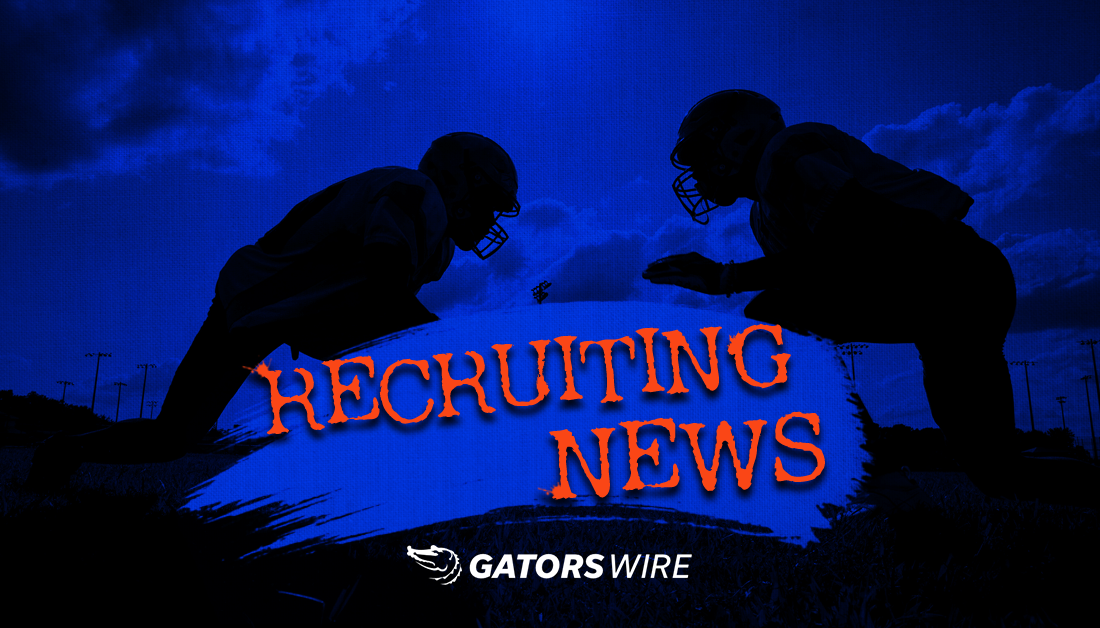
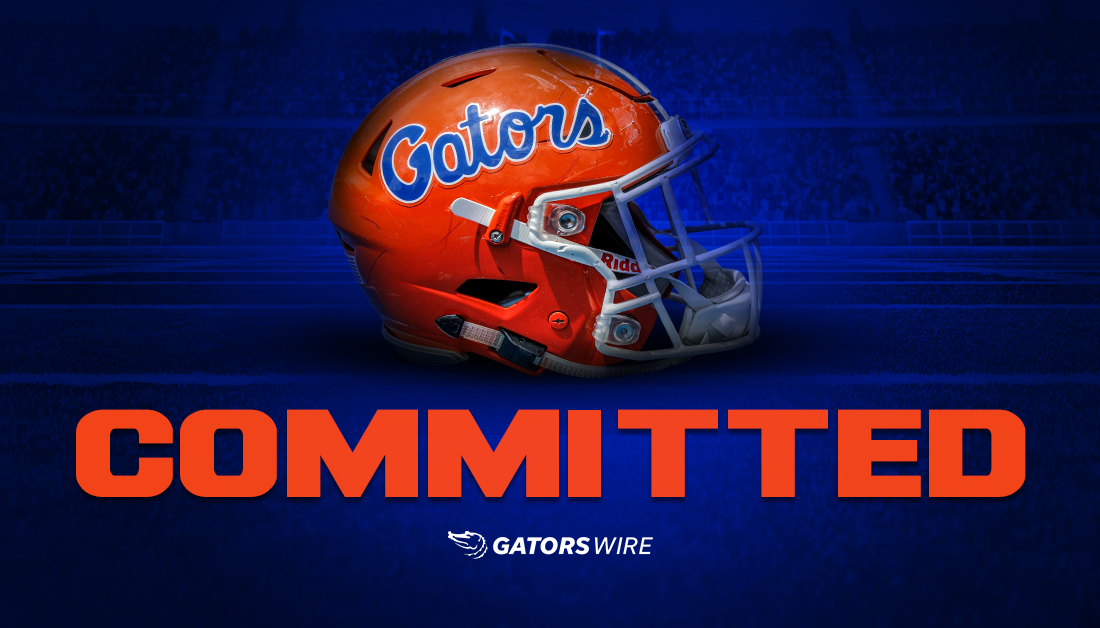
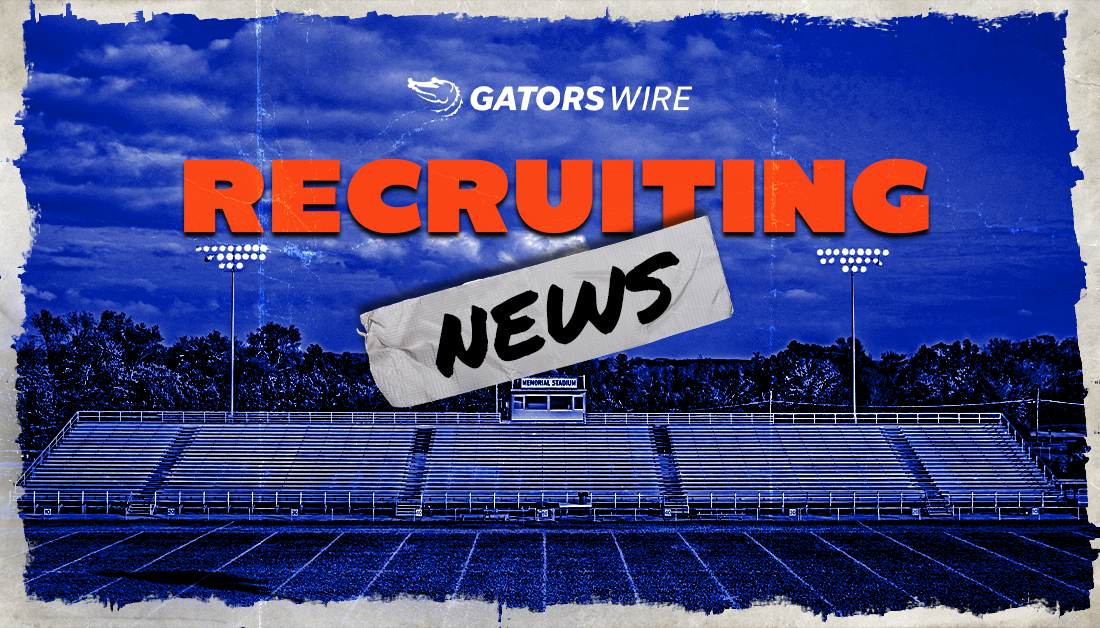
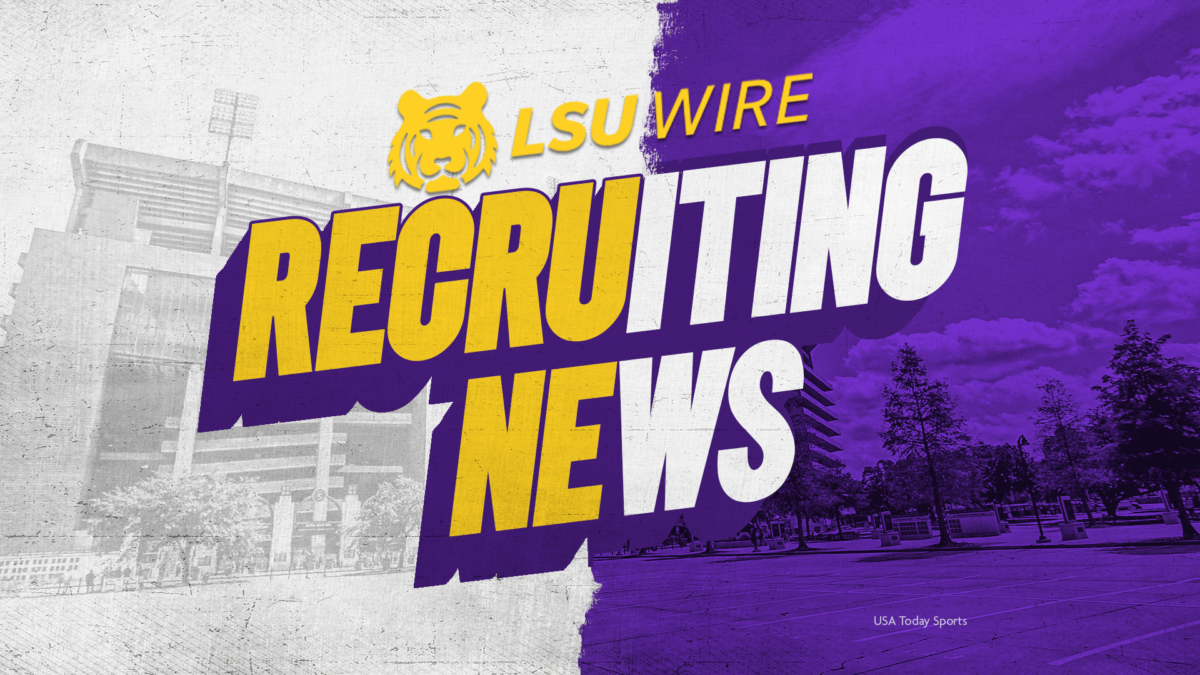
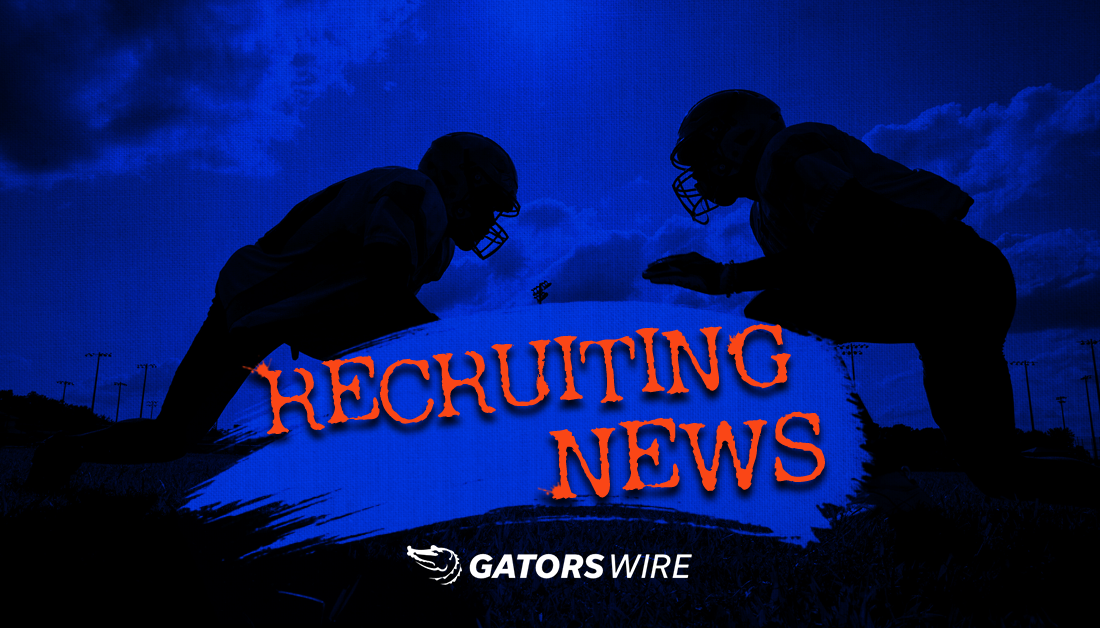
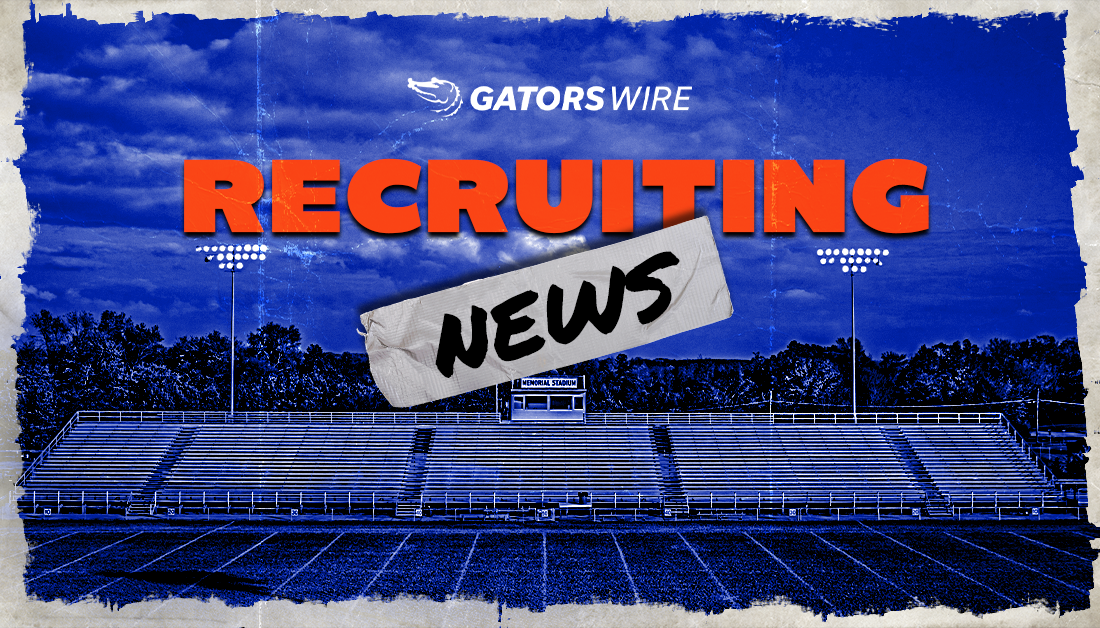
 Blessed to receive an Offer from Thee Florida University!!!
Blessed to receive an Offer from Thee Florida University!!! 